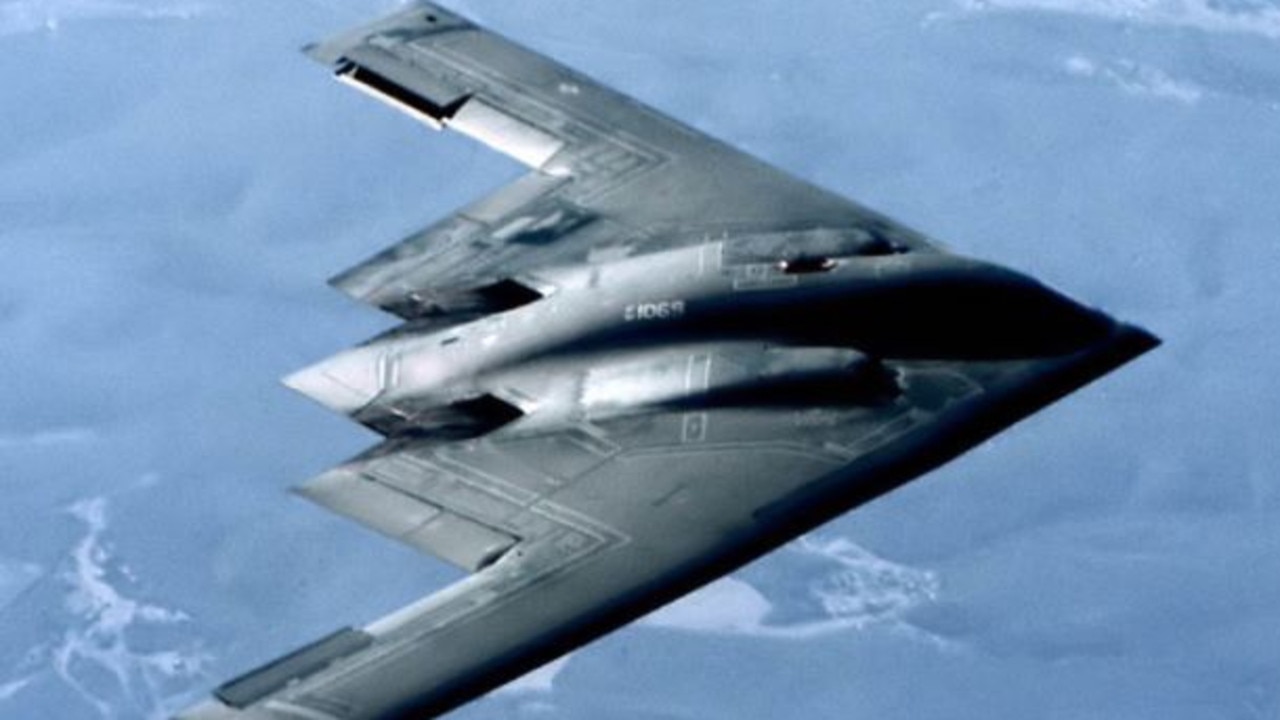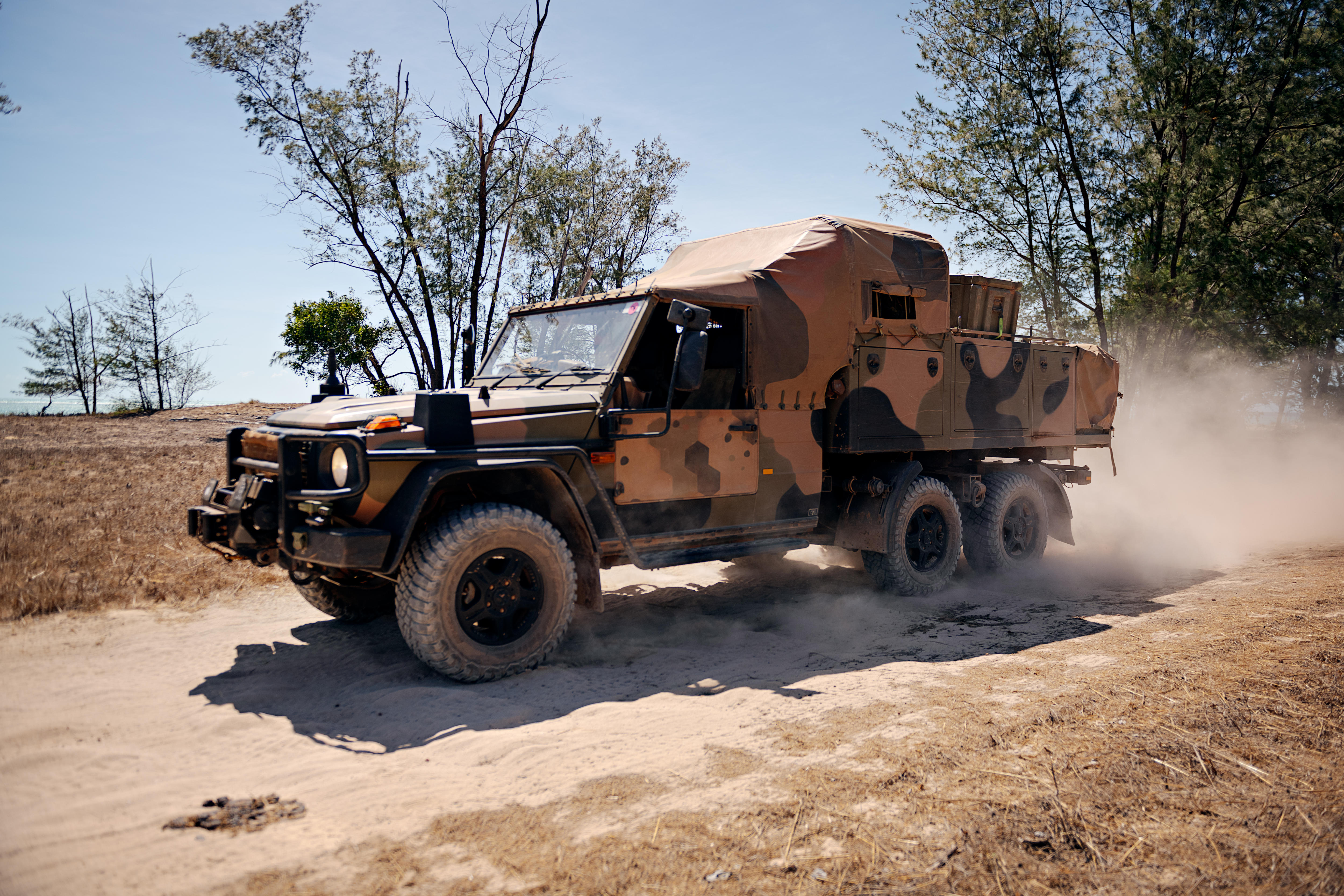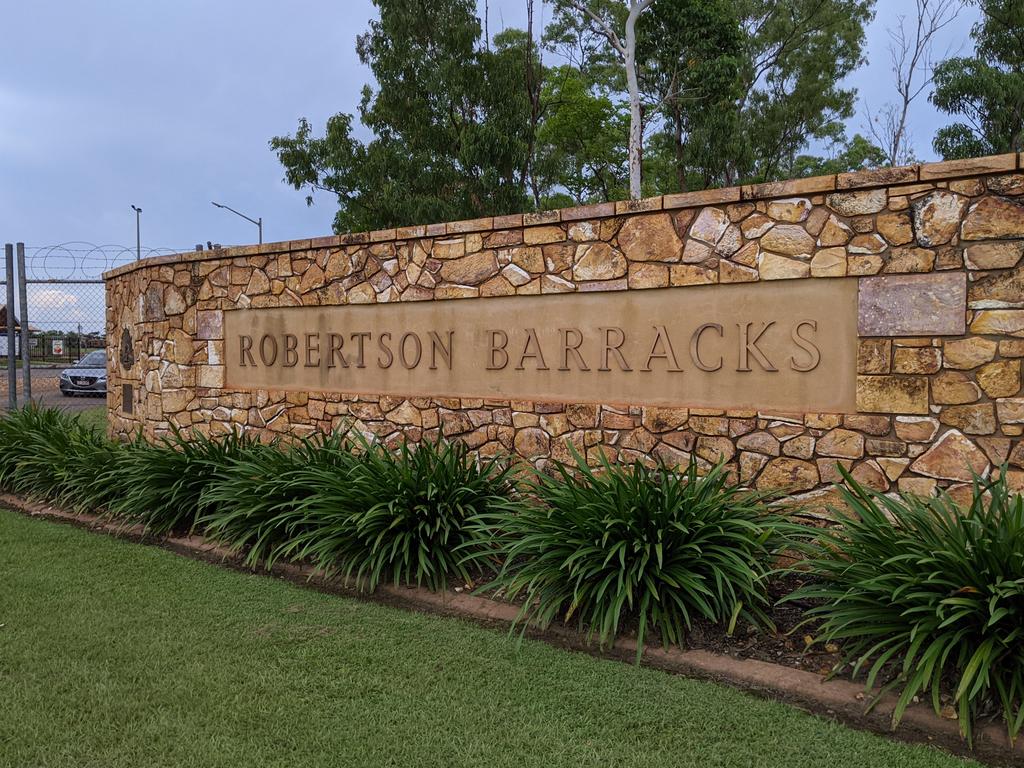
US bombers were given air access in the Top End as part of their mission to target Houthi forces in Yemen, the Department of Defence has confirmed.
It remains unclear what damage or how many casualties were inflicted.
However, it was revealed the Australian Government had a role in the mission, with the Department of Defence confirming contribution.
“Australia provided support for US strikes conducted on 17 October 2024 targeting Houthi facilities in Yemen, through access and overflight for US aircraft in northern Australia,” a Defence spokesperson said.
Defence maintains the bombers did not operate from any Royal Australian Air Force base, contrary to speculation online which reported RAAF Base Tindal, in Katherine, to have launched the airframes.




